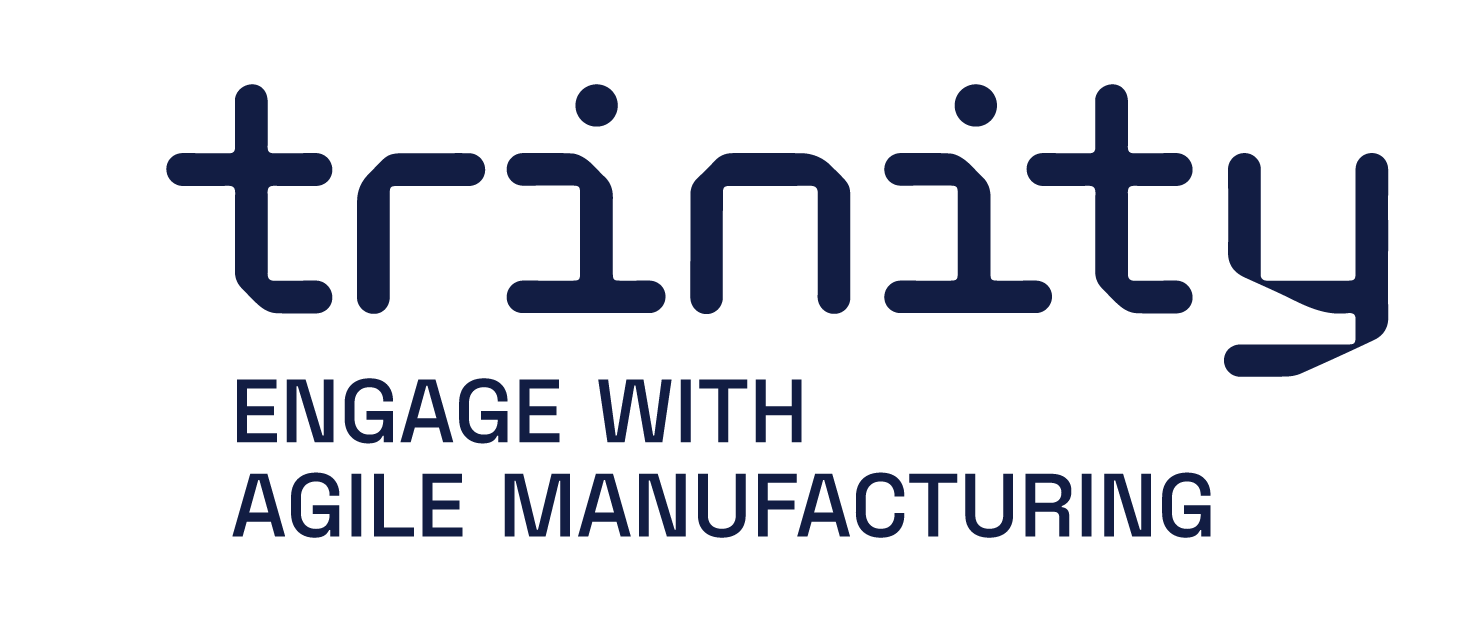Handling and Assembly
Main functionalities
This module provides a guideline on how to plan a workstation that has to perform handling and assembly actions. The example that is used for the guideline focuses on the gripping of small electronic components with a universal usable robot gripper. The methodology, however, is applicable for the handling of other components, too. In order to plan such a workstation, a vast amount of aspects has to be considered beforehand, which makes the planning process complex and expensive. Due to the fact that changes during the planning phase are way less expensive than changes during the manufacturing phase or even afterwards during series production, the additional time spent during planning is worth it in the long run. To achieve the goal of a well-planned workstation, a vast amount of interdependencies between factors have to be identified and considered, such as component geometry, number of pieces, cycle times and so on. The results of the analysis are the selection of a suited stand-alone robot, the design of the gripping tool and the plant layout including required safety equipment for the desired application.
Technical specifications
To perform the handling and assembly tasks, a Kawasaki industrial robot of the Type RS007LFF60 is used. It is a high-performance variant with excellent repeatability, which is needed for the precise assembly task that it is going to perform. The Software KR-Term is used to access programmes that run in continous loops (i.e. image recognition) via the robot control. Adaptation of the robot‘s programmes are performed via the robot‘s operating panel or a separate computer.
Inputs and outputs
Inputs:
Budget framework / payback period
Variety of variants / range of components / batch sizes
Max. Workspace
Available sources
Fire and occupational safety regulations
Component’s delivery position
Can the component’s design be adapted according to the assembly strategy?
Weight, surface geometry, surface structure, material of components
Desired degree of automation, is human‐robot‐collaboration desired?
What is the aim of (re)planning? Reduce costs, increase output, save floor space, new environmental regulations, more / (significantly) fewer parts to be used, increased quality requirements, increase ergonomics, reduce shift work, etc.
Specific requirements: Clean room, explosion‐proof, special requirements in food industry, use for medical products, and use of ESD parts, etc.
Which quality factors are to be tested?
Software interfaces, e.g. order database, quality assurance, control integration
Logistics requirements
Is it necessary to consider later adaptation of the system due to component changes?
Are upstream or downstream discontinuous processes present?
Is comparable plant technology already available?
Climate condition
Formats and standards
The factory pre-installed robot software from Kawasaki is used. To program the Kawasaki, the Kawasaki AS Language is used.
Owner (organization)
Fraunhofer Institute for Machine Tools and Forming Technology (IWU)
Trainings
To learn more about the solution, click on the link below to access the training on the Moodle platform
Handling and Assembly
